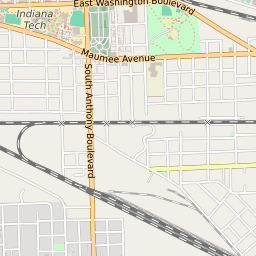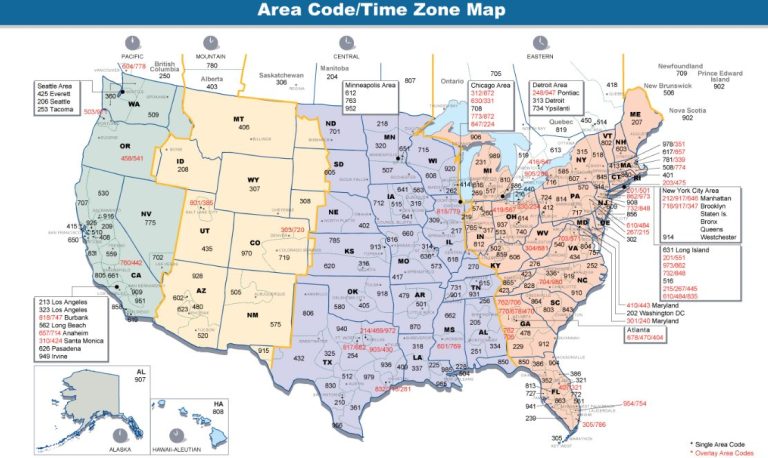The question of whether you can get LASIK covered by insurance is a common one, especially considering the potentially high cost of the procedure. In general, most health insurance plans do not cover LASIK because it is considered an elective procedure. However, there are exceptions and alternative ways to reduce the financial burden. Let’s delve deeper into this topic.
Contents
Understanding LASIK and Its Cost
LASIK, or laser-assisted in situ keratomileusis, is a popular refractive surgery that can correct vision problems such as nearsightedness, farsightedness, and astigmatism. It involves reshaping the cornea using a laser, allowing light to focus properly on the retina and improving vision.
The cost of LASIK can vary significantly depending on several factors, including:
- The technology used: Newer, more advanced technologies may be more expensive.
- The surgeon’s experience and reputation: Highly experienced and reputable surgeons may charge more.
- The location of the procedure: Costs can vary based on the region and the specific clinic.
- The complexity of your vision correction: More complex cases may require additional procedures or technologies, increasing the cost.
On average, LASIK can cost anywhere from $1,000 to $4,000 or more per eye. Given this potential expense, it’s understandable why many people seek insurance coverage.
Insurance Coverage for LASIK
As mentioned earlier, most health insurance plans do not cover LASIK. This is because it is considered an elective procedure, meaning it is not medically necessary for the overall health and well-being of the patient. However, there are a few exceptions and alternative options to consider:
1. Medically Necessary LASIK
In rare cases, LASIK may be considered medically necessary if it is required to treat a specific medical condition or injury. For example, if you have a severe corneal abnormality or irregularity that cannot be corrected with glasses or contact lenses, LASIK may be deemed medically necessary and covered by insurance. However, you will likely need to provide extensive documentation and obtain pre-authorization from your insurance provider.
2. Vision Insurance Plans
Some vision insurance plans may offer discounts or partial coverage for LASIK. These plans are often offered through employers or purchased individually. While they may not cover the entire cost of the procedure, they can significantly reduce your out-of-pocket expenses. It’s essential to carefully review your vision insurance policy to understand the specific benefits and limitations related to LASIK.
3. Flexible Spending Accounts (FSAs) and Health Savings Accounts (HSAs)
If you have an FSA or HSA through your employer, you may be able to use these tax-advantaged accounts to pay for LASIK. These accounts allow you to set aside pre-tax dollars to cover eligible medical expenses, including LASIK in some cases. However, it’s important to consult with your employer or a tax advisor to understand the specific rules and regulations governing the use of these accounts for LASIK.
4. LASIK Financing Options
Many LASIK providers offer financing options to help patients manage the cost of the procedure. These financing plans typically involve monthly payments with varying interest rates. It’s essential to carefully review the terms and conditions of any financing option before making a decision.
Tips for Exploring Insurance Coverage for LASIK
If you’re considering LASIK and want to explore potential insurance coverage or alternative options, here are some helpful tips:
- Review your health insurance policy carefully. Pay close attention to any exclusions or limitations related to elective procedures or vision correction surgery.
- Contact your insurance provider directly. Ask about any potential coverage for LASIK, even if it’s not explicitly mentioned in your policy.
- Inquire about vision insurance plans. Check if your employer offers a vision insurance plan or explore individual plans that may offer discounts or partial coverage for LASIK.
- Consult with your LASIK provider. Ask about any financing options or discounts they may offer.
- Consider using an FSA or HSA. If you have one of these accounts, explore the possibility of using it to pay for LASIK.
- Compare prices from different LASIK providers. Don’t hesitate to shop around and get quotes from multiple providers to find the best value.
Conclusion
While it’s generally challenging to get LASIK covered by insurance, there are exceptions and alternative options to consider. By exploring these possibilities and carefully reviewing your insurance policies, you can potentially reduce the financial burden of LASIK and achieve the clear vision you desire.
Read More: Navigating Health Insurance in Greensboro, NC: Your Comprehensive Guide







